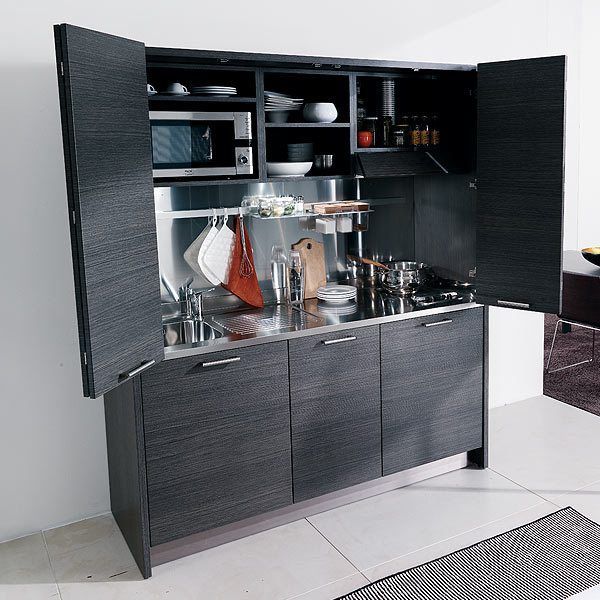A Brief History of the John Strand Mini Kitchen
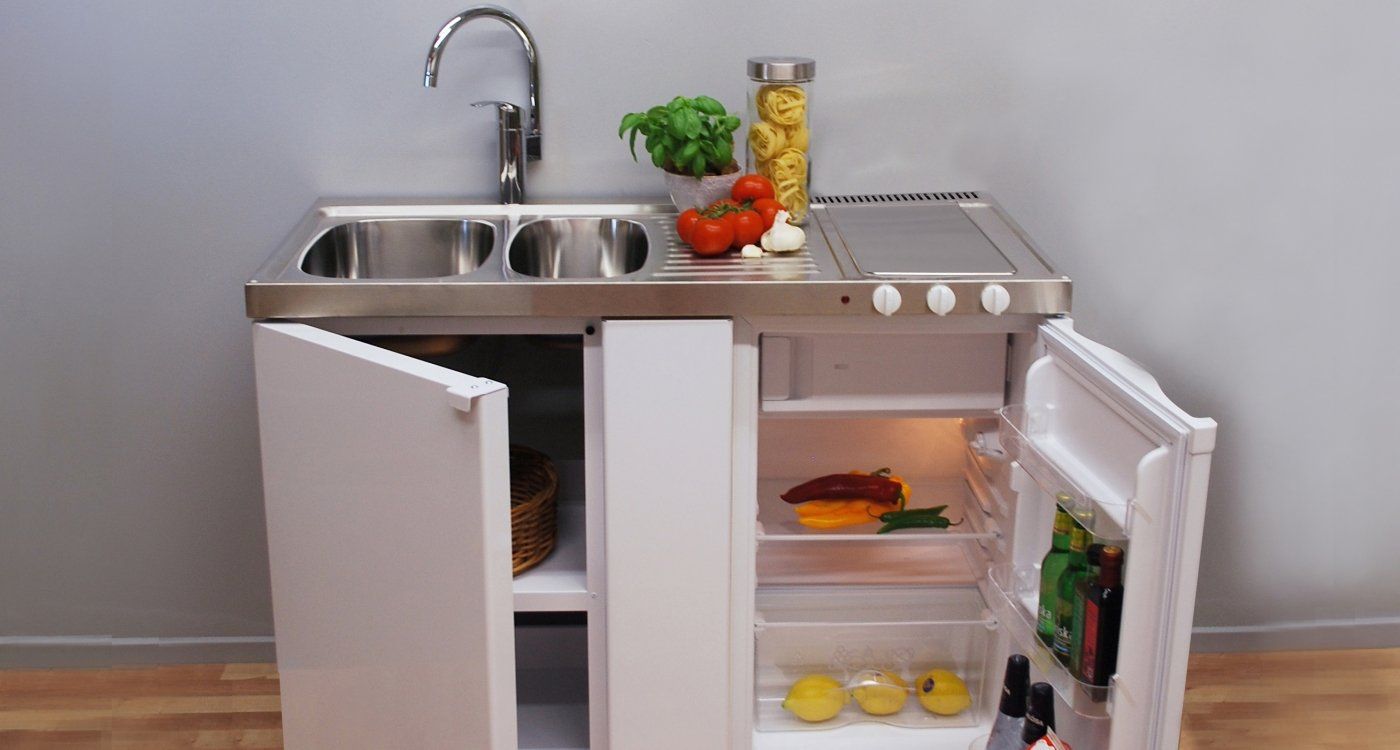
It’s small and mighty. John Strand has been supplying compact kitchens for over 30 years and here is the history of how it all began, and why, three decades on, the one-metre-wide kitchen units are still sold across the country. Constructed of steel with a powder coated white finish; it houses a sink, a drainer, a fridge, hotplates and storage. It’s simple, easy to fit and durable.
These free standing mini kitchens, in all variations, are increasingly popular in today’s ever decreasing dwellings and workspaces, but where did it all begin?
The ‘kitchen’ (the meaning of which originates from the Latin ‘coquere’ to cook) began life as an open flame and it’s evolution into what we consider to be, and expect of a modern kitchen has been driven by 2 factors: technology and social development.
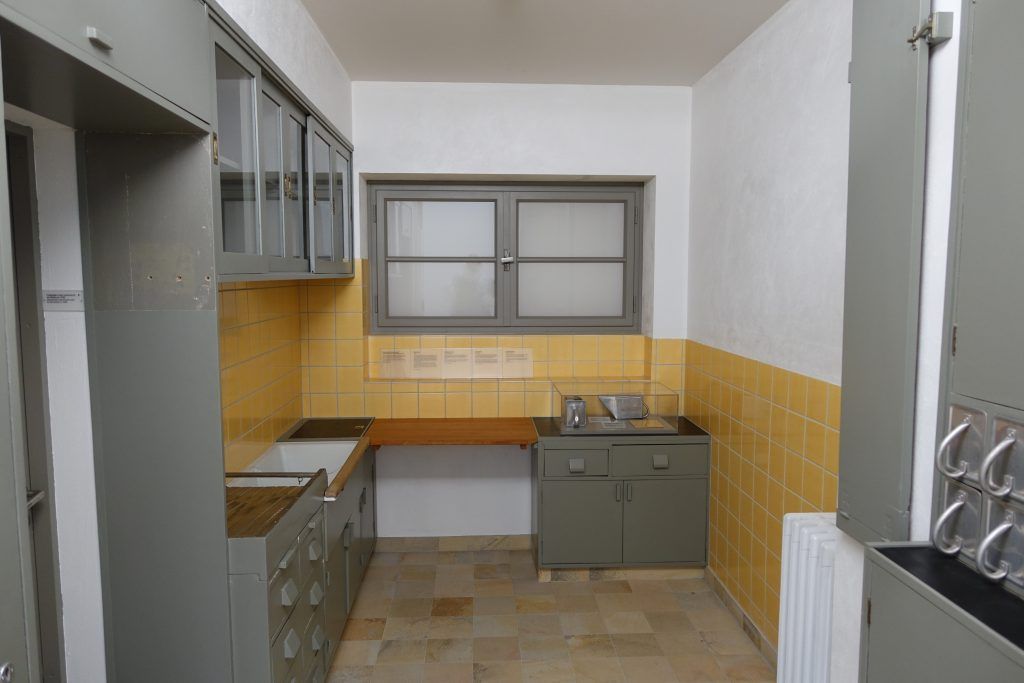
One of the landmark moments in the development of the modern day kitchen was made in Germany by Austrian designer Margarete Schütte-Lihotzky. In 1926 she created the now famous ‘Frankfurt Kitchen’, despite the open acknowledgment that she did not herself cook. The kitchen, measuring 1.9 x 3.4m was the result of almost scientific time-motion studies and interviews with future tenants and the design went on to be included in 10,000 apartments in social housing projects in 1930’s Frankfurt. New York’s MOMA featured ‘The Frankfurt’ as a centerpiece of its 2011 exhibition ‘Counter Space ’The foundations of the modern compact kitchens were established.
The John Stand style of mini-kitchen was initially developed by electrical manufacturers to extend the productivity of their existing tooling’s for refrigerators but they also fulfilled demands from architects, contractors and end users. A simple unit which could be delivered complete with the only installation required being connection to water and waste, plugging in and switching on. John Strand was one of the first companies to bring the mini kitchen to the UK market.
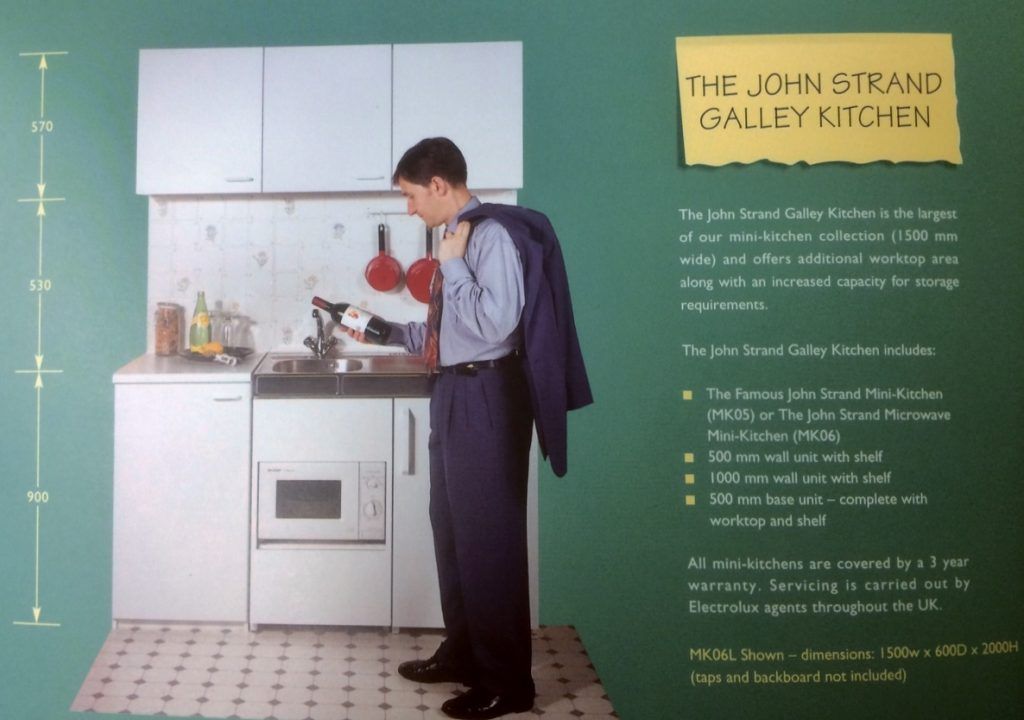
John Strand had originally been part of a larger interiors company which was separated and sold in 1996. Calvin Reeves could see the opportunity for the small kitchen solution and became Sales Director of the newly acquired John Strand MK Ltd. Initially, the mini kitchen famed for its easy install and durable steel construction, was a popular choice within offices, schools and staff rooms. Universities and colleges realised the suitability of the mini-kitchen for student accommodation because of its compact nature and durability.

Calvin, who had spent the majority of his experience within high-end office design, recognised the potential of the mini kitchen. He worked with the manufacturers (firstly Bauknett, then Electrolux) to extend the basic model and include features such as the microwave and pan drawer. Over the last 2 decades the range has extended and now includes designer range kitchens and hideaways. Calvin works with manufacturers in Sweden and Germany to develop designs which deliver optimum functionality and style for a small space. In recent years use of UK cabinet makers have allowed the company to also produce bespoke solutions which are particularly popular with developments of student accommodation. Commenting on the popularity of the mini kitchen Calvin Reeves:
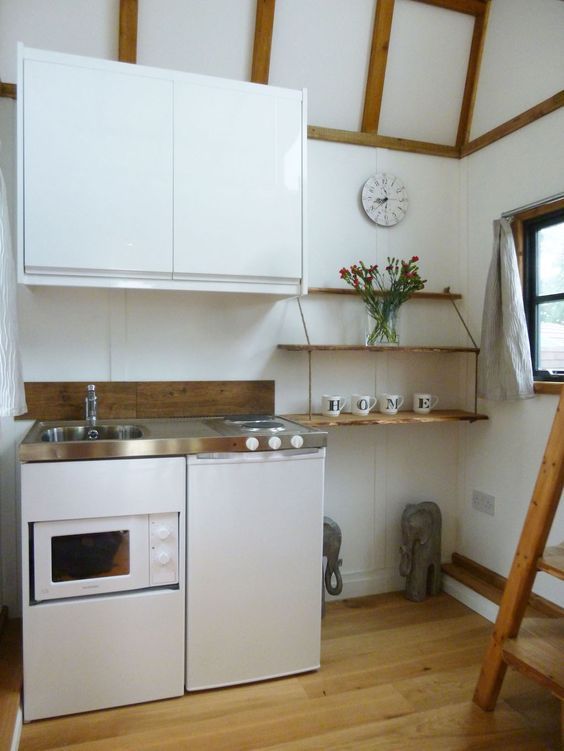
“The mini kitchen is popular firstly because it delivers a fully functioning kitchen in a very small space. Secondly the process, from specification to installation, is easy and reduces costs and time delay implications of more traditional kitchens. In recent years the demand for hideaway kitchens has increased most likely linked to the increase in open-plan living and studio apartments. Living spaces are definitely reducing in size but the expectation of needs the kitchen should service have increased. A large proportion of our clients will be looking for dishwashers, washing machines, induction hotplates; they are working with small spaces but they want to ensure all of the latest technology and kitchen aids are included.
The styling of kitchens for what were once considered utilitarian and just ancillary spaces such as staff rooms, meeting rooms or indeed student accommodation are now design led. Therefore we work with architects and designers to offer a massive range of finish options and accessories. Aside from our commercial work we see an ever increasing demand from end-users seeking kitchens for their home office and granny annexe and this sector we expect only to increase. As for the future of mini-kitchens, as technology advances and appliances shrink in size I think the potential of mini-kitchens will only increase”.
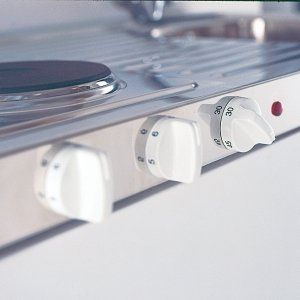
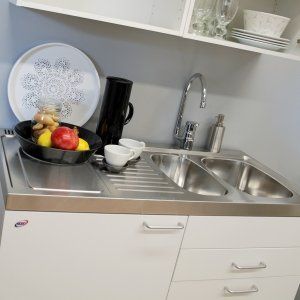


The post A Brief History of the John Strand Mini Kitchen appeared first on John Strand MK.
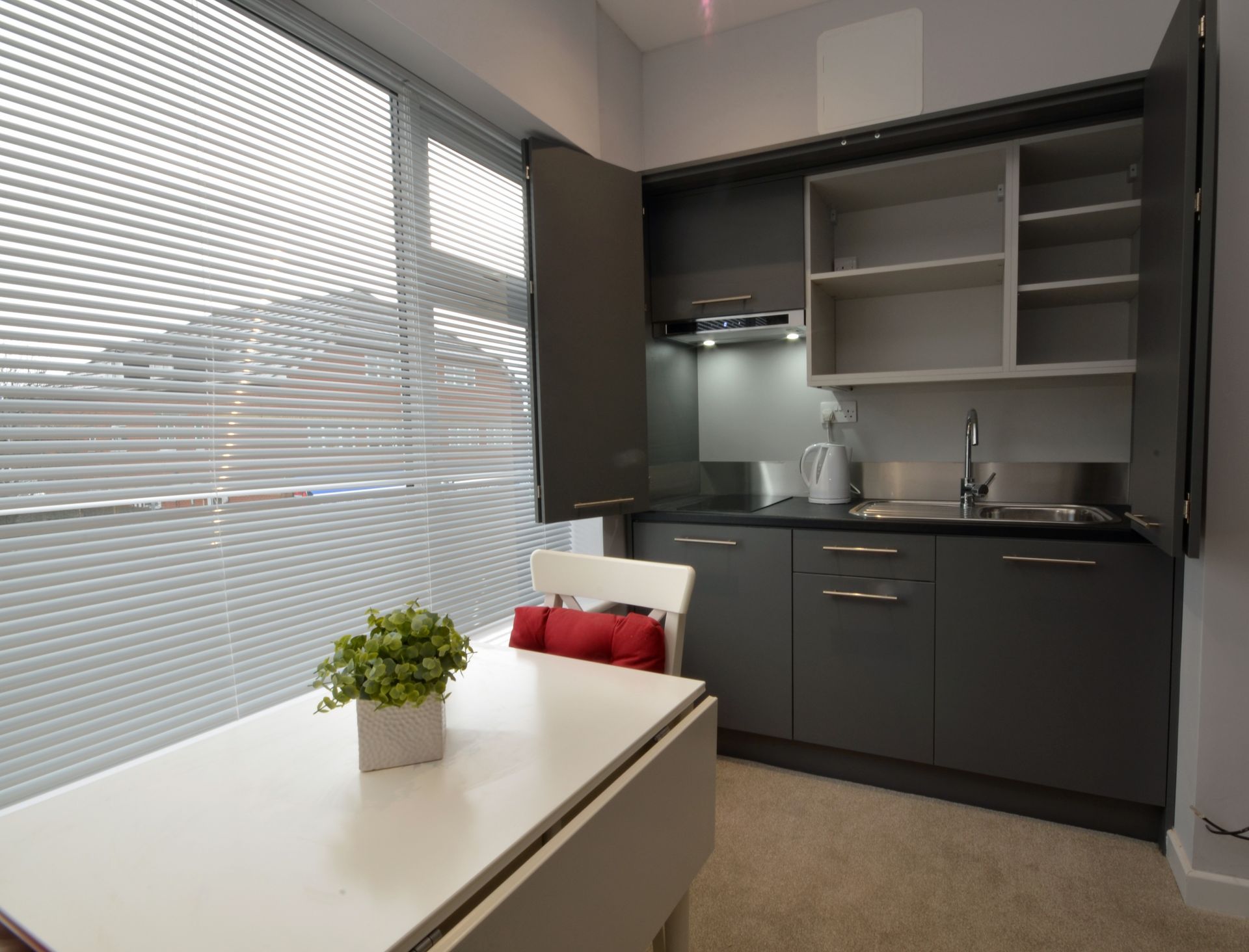
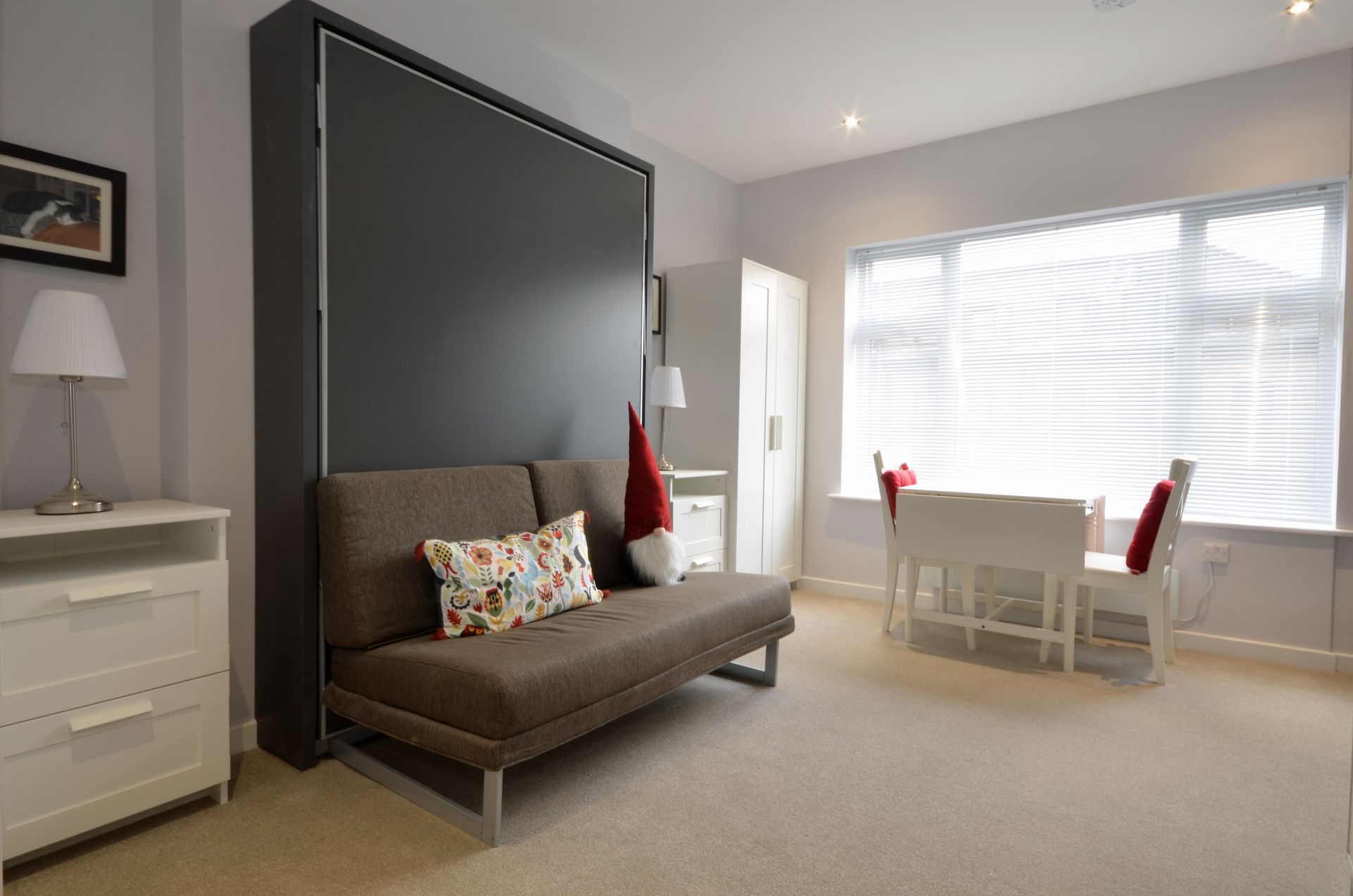
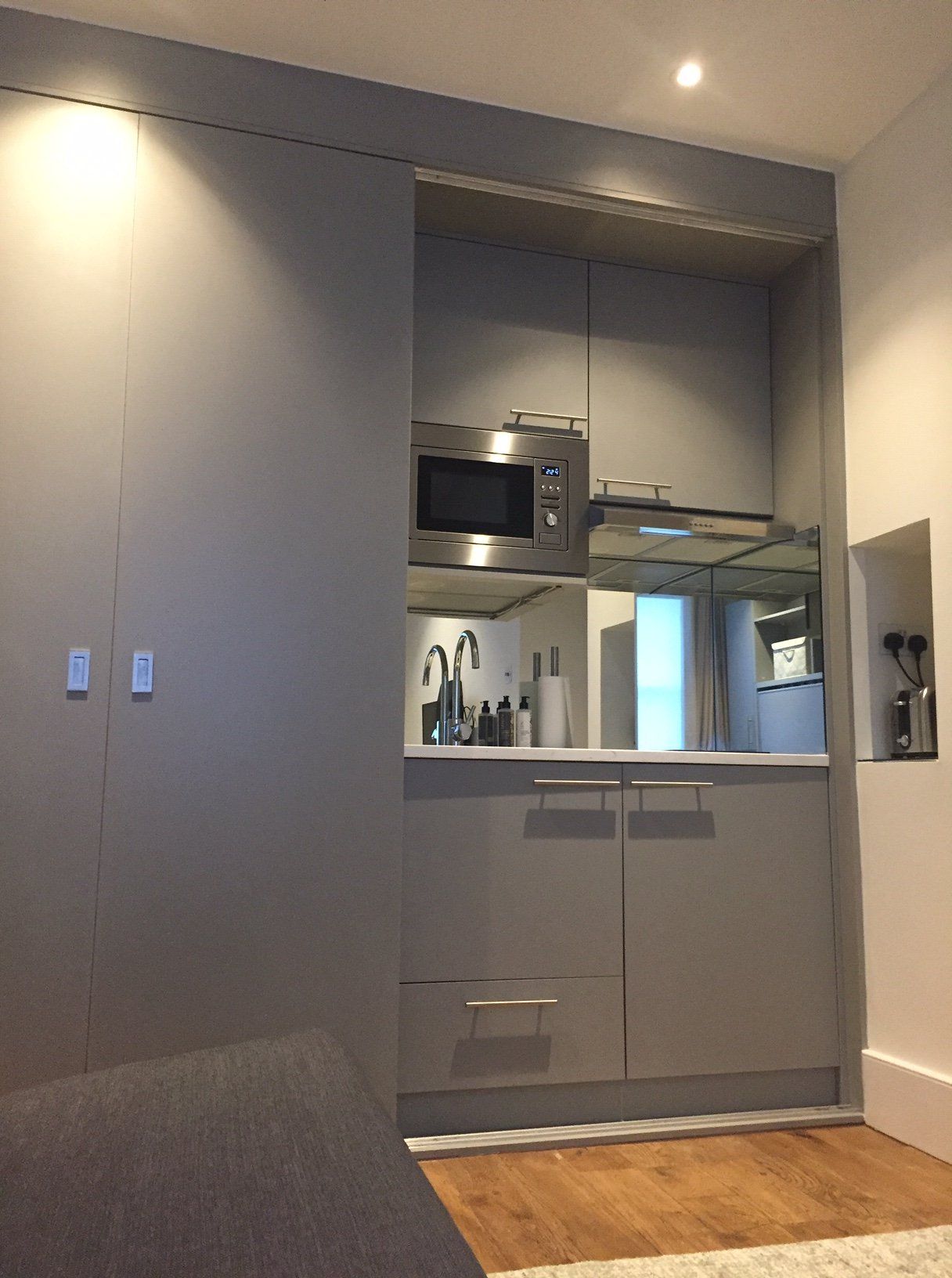

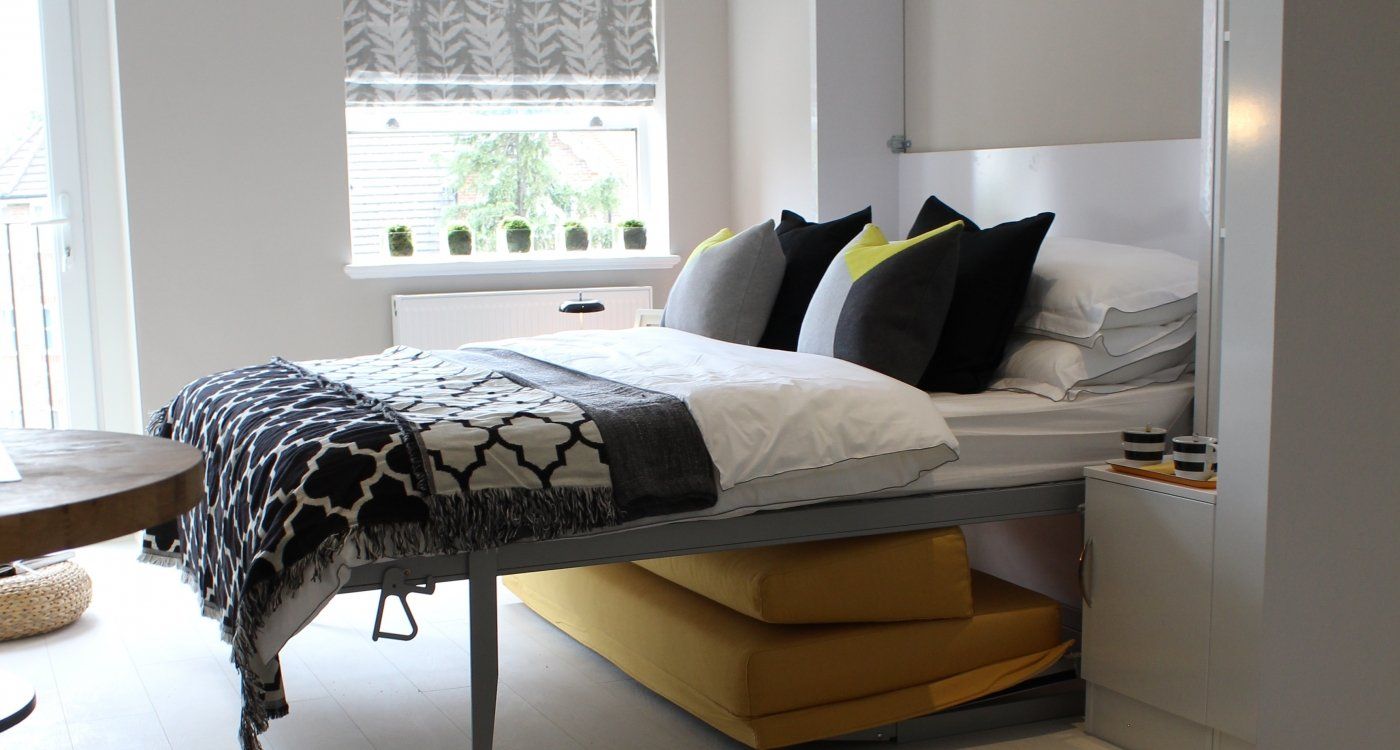
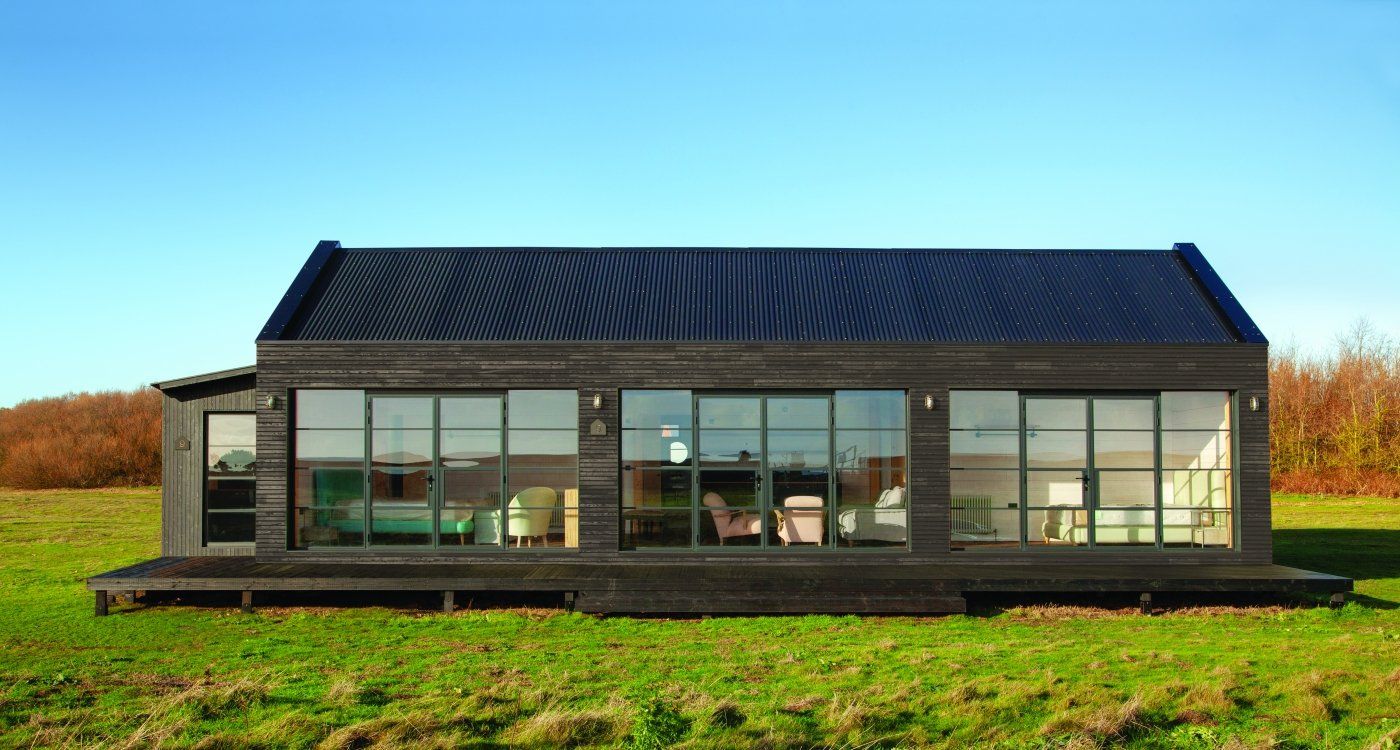
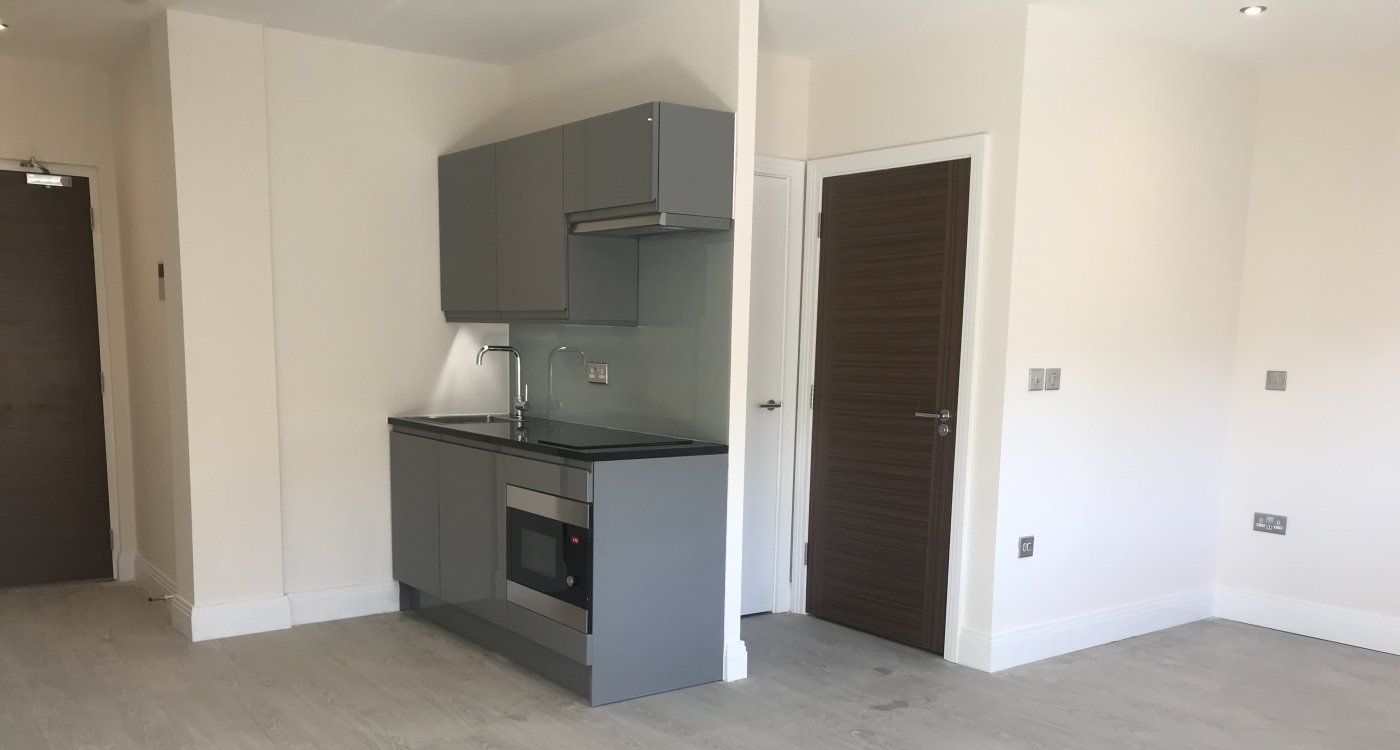


Get In Touch
Monday – Thursday 9am – 5pmFriday 9am – 3pmSaturday – Sunday Closed
Terms & Conditions | Delivery information | Delivery Price List | Privacy Policy
© John Strand (MK) Limited. All Rights Reserved.
Office/Showroom: 16-16A Accommodation Road, Golders Green, London NW11 8EP (By appointment only)
Registered England & Wales No: 3391732 | VAT Registration No. GB 701 6037 79
All Rights Reserved | John Strand MK

